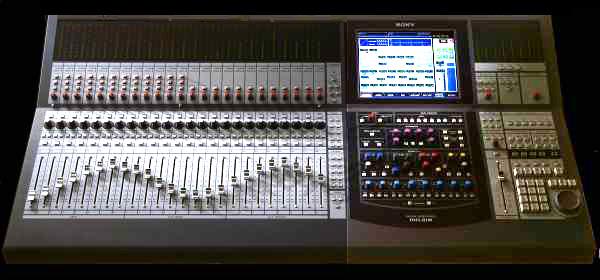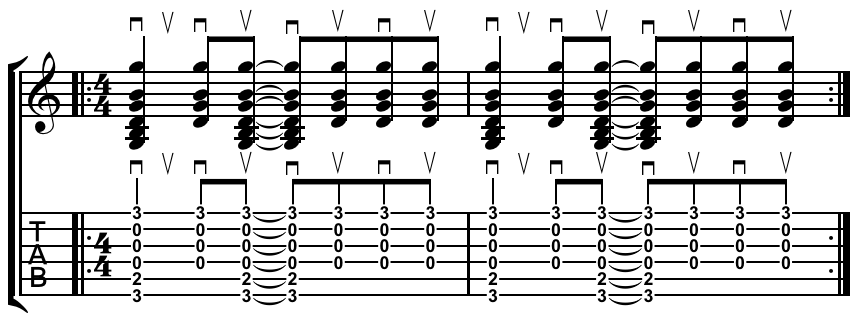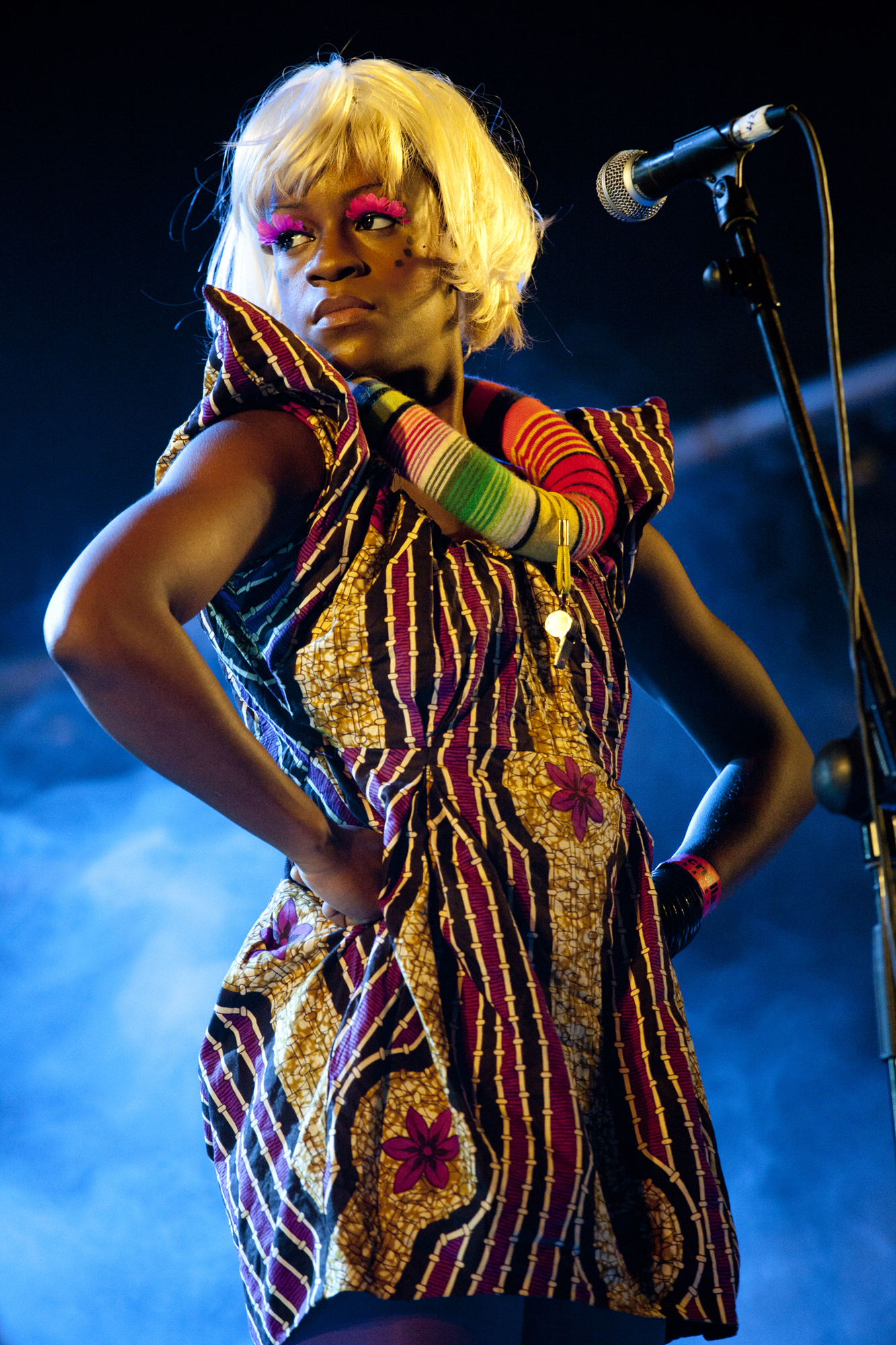|
Tracing Back Roots
''Tracing Back Roots'' is the third studio album by American metalcore band We Came as Romans. It was released on July 23, 2013, through Equal Vision Records. The album is noted for the band's shift from their signature metalcore sound to a more melodic, clean vocal driven sound, while still maintaining metalcore elements throughout. The album has been received with favorable reviews which praise the band's “go out and do something with your life with purpose” message. The album debuted at number 8 on the ''Billboard'' 200 with 26,500 copies sold in the first week. As of June 2015, this album has sold 79,000 copies in the United States. The album's first single, "Hope", was released on January 4, 2013, and is also included on the ''Understanding What We've Grown to Be'' Deluxe Edition. Background During an on-air interview with Jay Hudson of 89X Radio, Joshua Moore stated that they would begin recording their new album with producer John Feldmann in March 2013. Accordin ... [...More Info...] [...Related Items...] OR: [Wikipedia] [Google] [Baidu] |
We Came As Romans
We Came as Romans (sometimes abbreviated as WCAR) is an American metalcore band from Troy, Michigan. Formed in 2005, the band has gone through one name change and multiple line-up changes, and signed to SharpTone Records in 2016 after having been on roster of Equal Vision Records since 2009. They have released six studio albums – ''To Plant a Seed'' (2009), ''Understanding What We've Grown to Be'' (2011), '' Tracing Back Roots'' (2013), '' We Came as Romans'' (2015), ''Cold Like War'' (2017) and '' Darkbloom'' (2022) – and two EPs in 2008 titled ''Demonstrations'' and '' Dreams''. History Formation, line-up changes and ''To Plant a Seed'' (2005–2011) In August 2005, high school classmates Sean Zelda, Dave Stephens, Jonny Nabors, Mark Myatt and Joshua Moore formed a band called This Emergency. During the beginning years, current vocalist Dave Stephens performed the guitar, keyboards and backing vocals. They performed various shows throughout the Detroit metro area. In N ... [...More Info...] [...Related Items...] OR: [Wikipedia] [Google] [Baidu] |
Nuclear Blast Records
Nuclear Blast is a record label and mail order record distributor with subsidiaries in Germany, the United States and Brazil. The label was founded in 1987 by Markus Staiger in Germany. Originally releasing hardcore punk records, the label moved on to releasing albums by thrash metal, melodic death metal, grindcore, industrial metal, power metal and black metal bands, as well as tribute albums. It also distributes and promotes two post-hardcore/metalcore labels: SharpTone Records, focused on the American scene, and Arising Empire, focused more on European bands. In October 2018, French independent label Believe Digital acquired a majority stake in Nuclear Blast. History Nuclear Blast was formed in 1987 after founder Markus Staiger traveled throughout the United States for four weeks and saw a gig of his favorite band BL'AST!. The label's first release was a vinyl compilation called ''Senseless Death'' (NB 001) featuring US hardcore bands like Attitude, Sacred Denial, Impu ... [...More Info...] [...Related Items...] OR: [Wikipedia] [Google] [Baidu] |
Audio Mixing (recorded Music)
In sound recording and reproduction, audio mixing is the process of optimizing and combining multitrack recordings into a final mono, stereo or surround sound product. In the process of combining the separate tracks, their relative levels are adjusted and balanced and various processes such as equalization and compression are commonly applied to individual tracks, groups of tracks, and the overall mix. In stereo and surround sound mixing, the placement of the tracks within the stereo (or surround) field are adjusted and balanced. Audio mixing techniques and approaches vary widely and have a significant influence on the final product. Audio mixing techniques largely depend on music genres and the quality of sound recordings involved. The process is generally carried out by a mixing engineer, though sometimes the record producer or recording artist may assist. After mixing, a mastering engineer prepares the final product for production. Audio mixing may be performed on a m ... [...More Info...] [...Related Items...] OR: [Wikipedia] [Google] [Baidu] |
Music Production
A record producer is a recording project's creative and technical leader, commanding studio time and coaching artists, and in popular genres typically creates the song's very sound and structure. Virgil Moorefield"Introduction" ''The Producer as Composer: Shaping the Sounds of Popular Music'' (Cambridge, MA & London, UK: MIT Press, 2005). Richard James Burgess, ''The History of Music Production'' (New York: Oxford University Press, 2014)pp 12–13Allan Watson, ''Cultural Production in and Beyond the Recording Studio'' (New York: Routledge, 2015)pp 25–27 The record producer, or simply the producer, is likened to film director and art director. The executive producer, on the other hand, enables the recording project through entrepreneurship, and an audio engineer operates the technology. Varying by project, the producer may or may not choose all of the artists. If employing only synthesized or sampled instrumentation, the producer may be the sole artist. Conversely, some art ... [...More Info...] [...Related Items...] OR: [Wikipedia] [Google] [Baidu] |
Drums
A drum kit (also called a drum set, trap set, or simply drums) is a collection of drums, cymbals, and other auxiliary percussion instruments set up to be played by one person. The player (drummer) typically holds a pair of matching drumsticks, one in each hand, and uses their feet to operate a foot-controlled hi-hat and bass drum pedal. A standard kit may contain: * A snare drum, mounted on a stand * A bass drum, played with a beater moved by a foot-operated pedal * One or more tom-toms, including rack toms and/or floor toms * One or more cymbals, including a ride cymbal and crash cymbal * Hi-hat cymbals, a pair of cymbals that can be manipulated by a foot-operated pedal The drum kit is a part of the standard rhythm section and is used in many types of popular and traditional music styles, ranging from rock and pop to blues and jazz. __TOC__ History Early development Before the development of the drum set, drums and cymbals used in military and orchestral music sett ... [...More Info...] [...Related Items...] OR: [Wikipedia] [Google] [Baidu] |
Bass Guitar
The bass guitar, electric bass or simply bass (), is the lowest-pitched member of the string family. It is a plucked string instrument similar in appearance and construction to an electric or an acoustic guitar, but with a longer neck and scale length, and typically four to six strings or courses. Since the mid-1950s, the bass guitar has largely replaced the double bass in popular music. The four-string bass is usually tuned the same as the double bass, which corresponds to pitches one octave lower than the four lowest-pitched strings of a guitar (typically E, A, D, and G). It is played primarily with the fingers or thumb, or with a pick. To be heard at normal performance volumes, electric basses require external amplification. Terminology According to the ''New Grove Dictionary of Music and Musicians'', an "Electric bass guitar sa Guitar, usually with four heavy strings tuned E1'–A1'–D2–G2." It also defines ''bass'' as "Bass (iv). A contraction of Double bass ... [...More Info...] [...Related Items...] OR: [Wikipedia] [Google] [Baidu] |
Rhythm Guitar
In music performances, rhythm guitar is a technique and role that performs a combination of two functions: to provide all or part of the rhythmic pulse in conjunction with other instruments from the rhythm section (e.g., drum kit, bass guitar); and to provide all or part of the harmony, i.e. the chords from a song's chord progression, where a chord is a group of notes played together. Therefore, the basic technique of rhythm guitar is to hold down a series of chords with the fretting hand while strumming or fingerpicking rhythmically with the other hand. More developed rhythm techniques include arpeggios, damping, riffs, chord solos, and complex strums. In ensembles or bands playing within the acoustic, country, blues, rock or metal genres (among others), a guitarist playing the rhythm part of a composition plays the role of supporting the melodic lines and improvised solos played on the lead instrument or instruments, be they strings, wind, brass, keyboard or even ... [...More Info...] [...Related Items...] OR: [Wikipedia] [Google] [Baidu] |
Backing Vocals
A backing vocalist is a singer who provides vocal harmony with the lead vocalist or other backing vocalists. A backing vocalist may also sing alone as a lead-in to the main vocalist's entry or to sing a counter-melody. Backing vocalists are used in a broad range of popular music, traditional music, and world music styles. Solo artists may employ professional backing vocalists in studio recording sessions as well as during concerts. In many rock and metal bands (e.g., the power trio), the musicians doing backing vocals also play instruments, such as guitar, electric bass, drums or keyboards. In Latin or Afro-Cuban groups, backing singers may play percussion instruments or shakers while singing. In some pop and hip hop groups and in musical theater, they may be required to perform dance routines while singing through headset microphones. Styles of background vocals vary according to the type of song and genre of music. In pop and country songs, backing vocalists may ... [...More Info...] [...Related Items...] OR: [Wikipedia] [Google] [Baidu] |
Lead Guitar
Lead guitar (also known as solo guitar) is a musical part for a guitar in which the guitarist plays melody lines, instrumental fill passages, guitar solos, and occasionally, some riffs and chords within a song structure. The lead is the featured guitar, which usually plays single-note-based lines or double-stops. In rock, heavy metal, blues, jazz, punk, fusion, some pop, and other music styles, lead guitar lines are usually supported by a second guitarist who plays rhythm guitar, which consists of accompaniment chords and riffs. History The first form of lead guitar emerged in the 18th century, in the form of classical guitar styles, which evolved from the Baroque guitar, and Spanish Vihuela. Such styles were popular in much of Western Europe, with notable guitarists including Antoine de Lhoyer, Fernando Sor, and Dionisio Aguado. It was through this period of the classical shift to romanticism the six-string guitar was first used for solo composing. Through the 19t ... [...More Info...] [...Related Items...] OR: [Wikipedia] [Google] [Baidu] |
Synthesizer
A synthesizer (also spelled synthesiser) is an electronic musical instrument that generates audio signals. Synthesizers typically create sounds by generating waveforms through methods including subtractive synthesis, additive synthesis and frequency modulation synthesis. These sounds may be altered by components such as filters, which cut or boost frequencies; envelopes, which control articulation, or how notes begin and end; and low-frequency oscillators, which modulate parameters such as pitch, volume, or filter characteristics affecting timbre. Synthesizers are typically played with keyboards or controlled by sequencers, software or other instruments, and may be synchronized to other equipment via MIDI. Synthesizer-like instruments emerged in the United States in the mid-20th century with instruments such as the RCA Mark II, which was controlled with punch cards and used hundreds of vacuum tubes. The Moog synthesizer, developed by Robert Moog and first ... [...More Info...] [...Related Items...] OR: [Wikipedia] [Google] [Baidu] |
Piano
The piano is a stringed keyboard instrument in which the strings are struck by wooden hammers that are coated with a softer material (modern hammers are covered with dense wool felt; some early pianos used leather). It is played using a musical keyboard, keyboard, which is a row of keys (small levers) that the performer presses down or strikes with the fingers and thumbs of both hands to cause the hammers to strike the strings. It was invented in Italy by Bartolomeo Cristofori around the year 1700. Description The word "piano" is a shortened form of ''pianoforte'', the Italian term for the early 1700s versions of the instrument, which in turn derives from ''clavicembalo col piano e forte'' (key cimbalom with quiet and loud)Pollens (1995, 238) and ''fortepiano''. The Italian musical terms ''piano'' and ''forte'' indicate "soft" and "loud" respectively, in this context referring to the variations in volume (i.e., loudness) produced in response to a pianist's touch or pressure on ... [...More Info...] [...Related Items...] OR: [Wikipedia] [Google] [Baidu] |
Keyboard Instrument
A keyboard instrument is a musical instrument played using a keyboard, a row of levers which are pressed by the fingers. The most common of these are the piano, organ, and various electronic keyboards, including synthesizers and digital pianos. Other keyboard instruments include celestas, which are struck idiophones operated by a keyboard, and carillons, which are usually housed in bell towers or belfries of churches or municipal buildings. Today, the term ''keyboard'' often refers to keyboard-style synthesizers. Under the fingers of a sensitive performer, the keyboard may also be used to control dynamics, phrasing, shading, articulation, and other elements of expression—depending on the design and inherent capabilities of the instrument. Another important use of the word ''keyboard'' is in historical musicology, where it means an instrument whose identity cannot be firmly established. Particularly in the 18th century, the harpsichord, the clavichord, and the early p ... [...More Info...] [...Related Items...] OR: [Wikipedia] [Google] [Baidu] |








